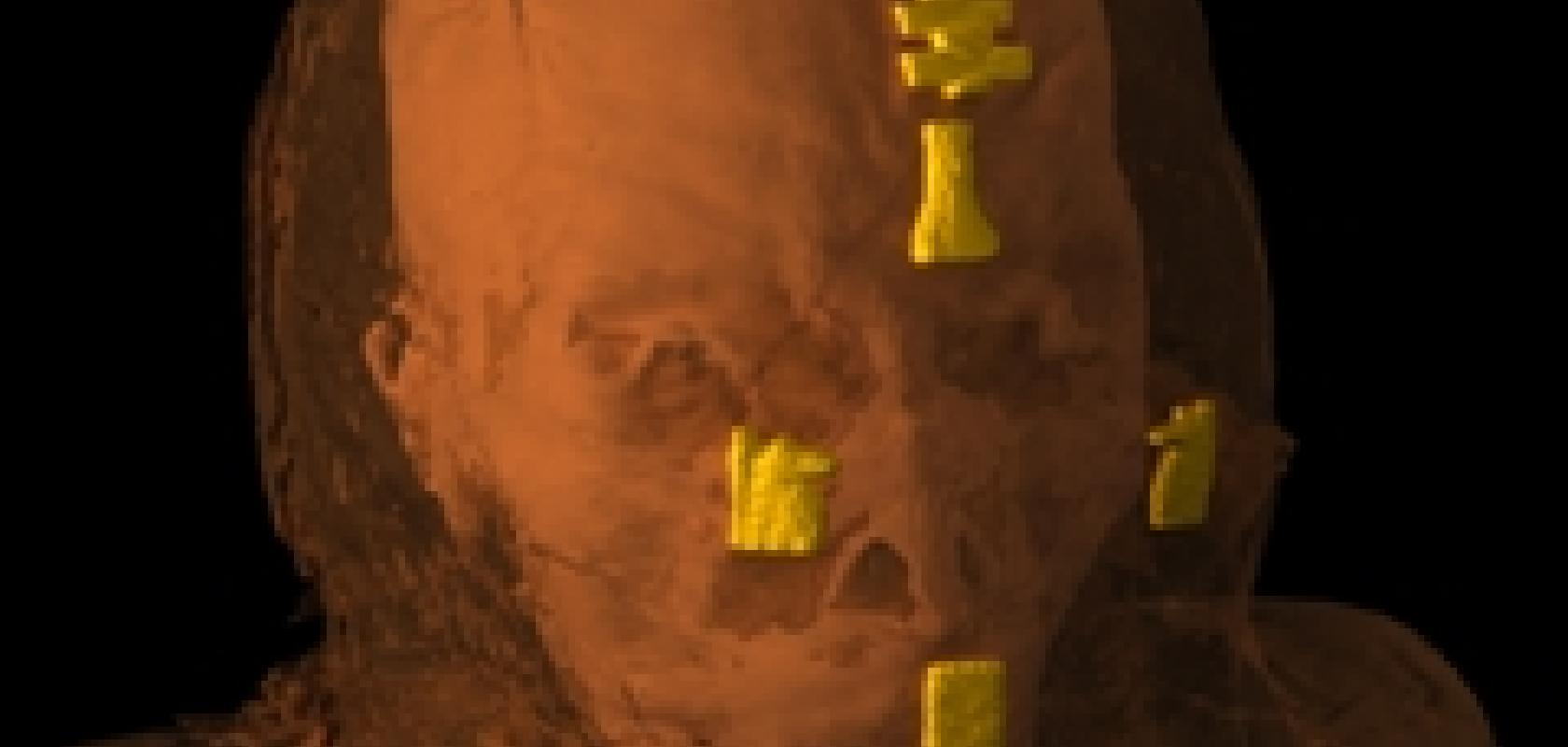A team at the Clinical Research Imaging Centre (CRIC) at the University of Edinburgh is using 3D holographic imaging to investigate the structure of the Rhind Mummy, an Egyptian Mummy dating back to around 10BC.
The team at the CRIC is using 3D holographic imaging developed by Edinburgh-based Holoxica to retrieve more intricate detail about the Mummy. Javid Khan, managing director of Holoxica, explained: ‘We collaborated with Dr Martin Connell a visualisation engineer at CRIC and Dr Elena Kranioti a forensic anthropologist at the University of Edinburgh’s School of History and Archaeology. We began by painstakingly piecing together an animated hologram of the Mummy’s head and upper shoulders which reveals different layers of visual information as the viewer of the hologram moves from left to right.
‘For example, the first layer is the wrapping shroud, which "peels" away to reveal her face. This is followed by the skull. The outer wrapping is encrusted with jewels and gold amulets which are visible from angles and, most intriguingly, a metal scarab-shaped cap was placed on top of the skull during mummification, can also be seen in great detail.
‘This mummy will never be opened and will always remain intact, so the only way to look inside is to use state of the art scanning and visualisation techniques. The colour animated hologram is the best way to depict this artefact, which is life-sized and shows a level of depth, detail and realism that is difficult to demonstrate in any other way.’
The hologram of the Rhind Mummy has been submitted to the Massachusetts Institute of Technology for ISDH 2012 – the forthcoming 9th International Symposium on Display Holography being held in June, before being put on display thereafter at the MIT Holography Exhibition from June this year running through to September 2013.


